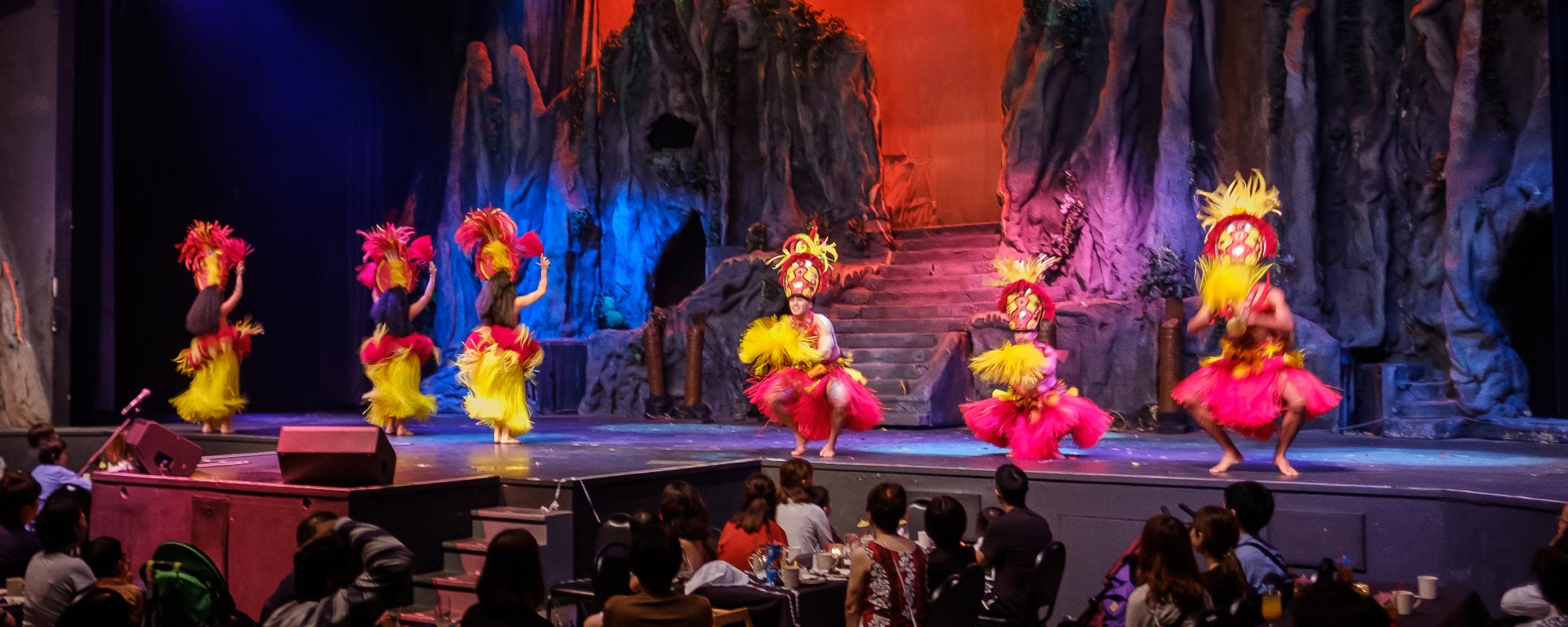MAKAHIKI GAMES: THE HAWAIIAN OLYMPICS

For Native Hawaiians, it wasn’t the lighting of a torch but the appearance of a star that signified the opening of the games. The appearance of the Makalii, also known as the Pleiades, in the eastern sky would mark the Hawaiian New Year and the start of the Makahiki (pronounced mah-kah-hee-kee) season. Makahiki was a time for the Hawaiians to honor Lono, the god of rain, agriculture, harvest, peace and fertility.
Alii (chiefs) of each island traveled clockwise to the various ahupuaa (or districts) holding Lono’s image atop a long pole collecting tributes for Lono as well as taxes from their tenants such as taro, sweet potatoes, dried fish, clothing and rare bird feathers. Some of these taxes were stored away as emergency supplies and some shared with lesser alii, but most were redistributed and used for the celebrations. The journey around the island took several days and once all of the tributes to Lono and the alii had been collected, the community gathered to celebrate. For four months warfare and unnecessary work were forbidden and instead the Hawaiian people enjoyed rituals, feasts, festivals and games.
The Makahiki games were the ancient Hawaiian version of the Olympics and contestants included trained athletes, alii and commoners. These contests helped warriors to stay active, prepare for wartime and also served as training and practice opportunities for commoners in the event they were called on to fight in the future.
The winners of each ahupuaa would be invited by the alii to challenge the champions from other ahupuaa and often had stories and songs written in their honor. Like the Olympics, these games encouraged good sportsmanship, friendly rivalries and gave people the opportunity to bring honor to their family and home district.
Game on
Ancient Hawaiians enjoyed a wide variety of games that showcased the mental and physical strength of the contestants. Some of the more popular and well-known games – many which are still played at events around Hawaii today – include:
- Konane is a two-person strategy game similar to checkers and is traditionally played with white coral and black lava on top of a carved stone. The board game starts with all of the holes or impressions filled in an alternating pattern of black and white. The players take turns hopping over one another’s pieces and capturing them. All moves must be capturing moves so the first player unable to make a capturing move loses.
- Ulu Maika closely resembles American bowling but uses two stakes and a disc-shaped stone instead of pins and a bowling ball. The stakes are set in the ground a few inches apart with the goal of rolling the stone between the stakes.
- Moa Pahee or dart sliding is comparable to ulu maika but requires a little more strength and skill. Players attempt to slide a torpedo-shaped dart along the ground through the stakes, which are roughly 50 feet away and placed only a few inches wider than the darts apart. However, unlike ulu maika the dart cannot cross the line made by the stakes on their sides. The weight and less predictable path of the dart make this game more difficult.
- Oo Ihe, known as spear throwing, involves throwing various weighted spears into targets, traditionally upright banana logs, and showcases the accuracy required during battle as well as during food foraging.
- Kukini is a foot race. In ancient Hawaii many of the top runners were later recruited by alii as either messengers or spies.
- Hukihuki is the Hawaiian form of tug of war during which two teams pull on opposite ends of the rope until the losing team is pulled over to their opponent’s side.
- Haka Moa, or a standing chicken fight, is always a crowd favorite. Two players hold their left leg with their left arm, grasp their opponent’s right arm, and try to wrestle one another to the ground or out of a circle.
- Uma and Pa Uma are forms of hand wrestling. While pa uma is played standing upright with both feet planted on the ground, uma is played with both players lying on their stomachs with their elbows on the ground.
- Mokomoko or boxing was another popular Makahiki sport. Boxers challenged one another with bare fists and aimed for their opponent’s faces, with points being awarded for both hits and evasive moves.
Modern day Makahiki
Today there are Makahiki challenges on all islands, but the island of Molokai has the most well-known event, the Ka Molokai Makahiki, which has been held annually since 1981. Today, the event is held every January at the Mitchell Pauole Center and works to preserve the tradition of the Makahiki and share the history behind the celebration. The Ka Molokai Makahiki features hula dancers, arts and crafts workshops, sporting competitions, music and food. For more information, visit www.molokaievents.com.

